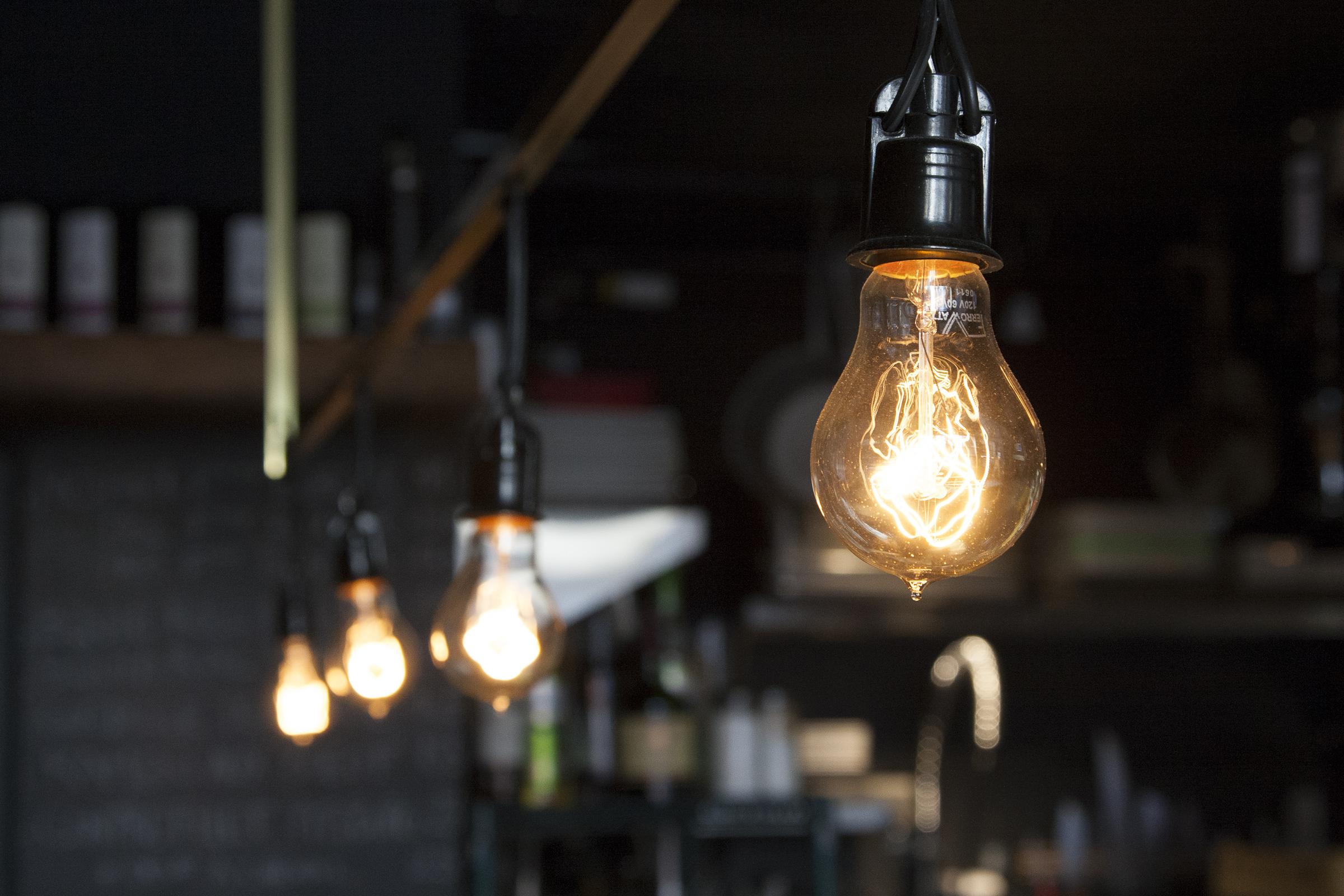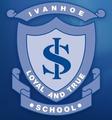IPS Tips

F - Year 2 (approximately)- DOING MATHS TOGETHER AT HOME.
A child’s first years are a time of rapid learning. Research tells us that babies have an innate capacity to understand numbers. As your child’s first teacher, you play a key role in developing their numeracy skills from an early age.
Developing numeracy skills early gives children an important foundation for their learning and development. It helps prepare them for daily life, including general problem solving and handling money.
Maths includes noticing numbers, shapes, patterns, size, time and measurement. Incorporating maths into everyday experiences is easy and fun. Maths is everywhere – in the playground, at the shops and at home.
Children need lots of experiences in making, counting, drawing and talking about numbers. The activities in this section will help your child to develop these skills. You may feel the maths your child is doing at school is different from how you were taught, but you can still support your child in many ways. Make connections for your child by explaining how numbers and counting are a part of everyday life.
Counting everyday
Counting is one of the first experiences of maths for young children.
You can incorporate counting into everyday activities such as:
- Cut fruit into six pieces and ask your child to count the pieces.
- Count the pieces of toast you cooked at breakfast.
- Add the total number of cutlery items at the table.
- Count the number of people travelling in the car or on the bus.
- Count the number of houses as you walk along the street.
- Count how many steps it takes to walk from the kitchen to the bathroom.
- Practice counting when grocery shopping with your child (for example, counting the number of apples you put into the bag).
- Encourage your child to talk about the number of things in the pictures they draw.
Year 3 - 6 (approximately)- EXPLORING NUMERACY WITH YOUR CHILD.
Family participation in learning is one of the most accurate predictors of a child’s success in school and beyond.
Providing opportunities to discuss and engage in mathematics supports your child’s learning in and out of school. Your child will also begin to connect the importance of maths with their everyday activities, such as navigating public transport, comparing and choosing the best item to buy in stores, setting a budget, and cooking.
Talk positively about maths so your child also values it. If your experiences in maths at school were less than ideal, avoid making comments like “I was bad at maths at school,” or “I didn’t like maths because it was too hard.” Comments like these can lower your child’s expectations of themselves, and can perpetuate myths about people being naturally bad or good at maths.
Conversely, if you did well at maths in school, avoid jumping in with answers or solutions. Encourage your child to talk about how they might work out maths problems. This helps boost their confidence and deepens their understanding.
Regardless of your own school experiences in maths, be reassured that maths today is not about learning by rote. Today, the focus is on recognising that there are multiple ways to get an answer, and being able to explain how and why you chose the approach you did.
There are many activities you can do at home to help explore maths with your child. When participating in these activities, avoid associating them with speed. Expecting your child to work quickly on maths can cause maths anxiety.
Try to focus on the process and not the outcome.
Sharing recipes
Discussing maths when cooking can provide a daily maths lesson involving measurement, time, and cost. Here are some activities you could try at home:
- Collect and read recipes and discuss the use of fractions, millilitres and grams. Encourage your child to make accurate measurements using measuring cups and spoons.
- Discuss how you would double or halve a recipe. Encourage your child to record new measurements for the recipe. Discuss why and when you might need to do this.
- Identify the temperature and cooking time on the recipe.
- Discuss why different recipes have different temperatures and cooking times.
- Estimate the cost to buy all the ingredients to make the recipe. Compare this with the actual cost of items. Ask your child if they think it was cheaper to buy the ingredients and make dinner or get take away.
- Make a list of the abbreviations used in the recipe and then write them in full – for example, L for litre, ml for millilitre, tsp. for teaspoon, tbsp. for tablespoon.
- Investigate the prices of fresh fruit and vegetables available in the supermarkets compared with market vendors.
